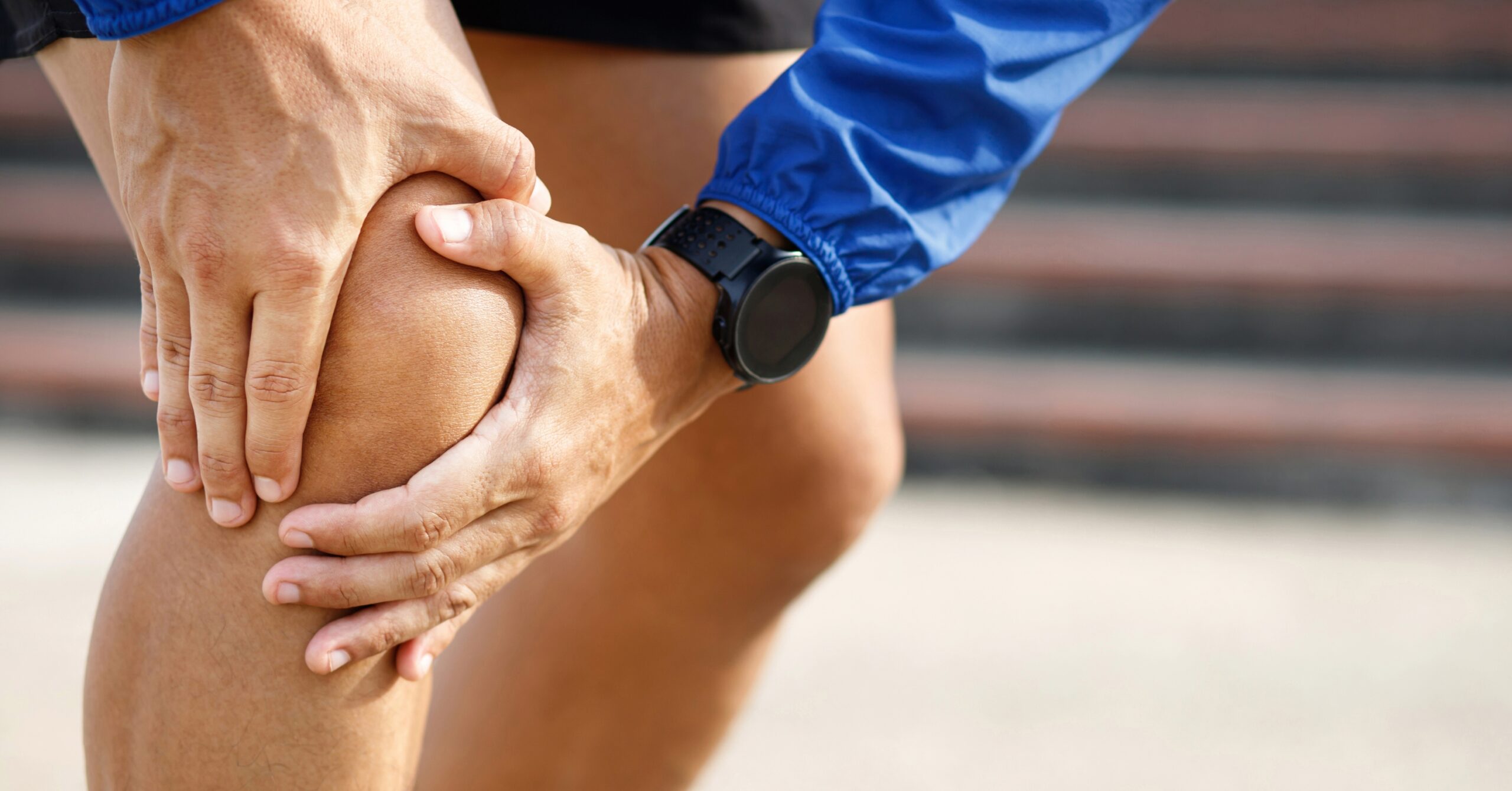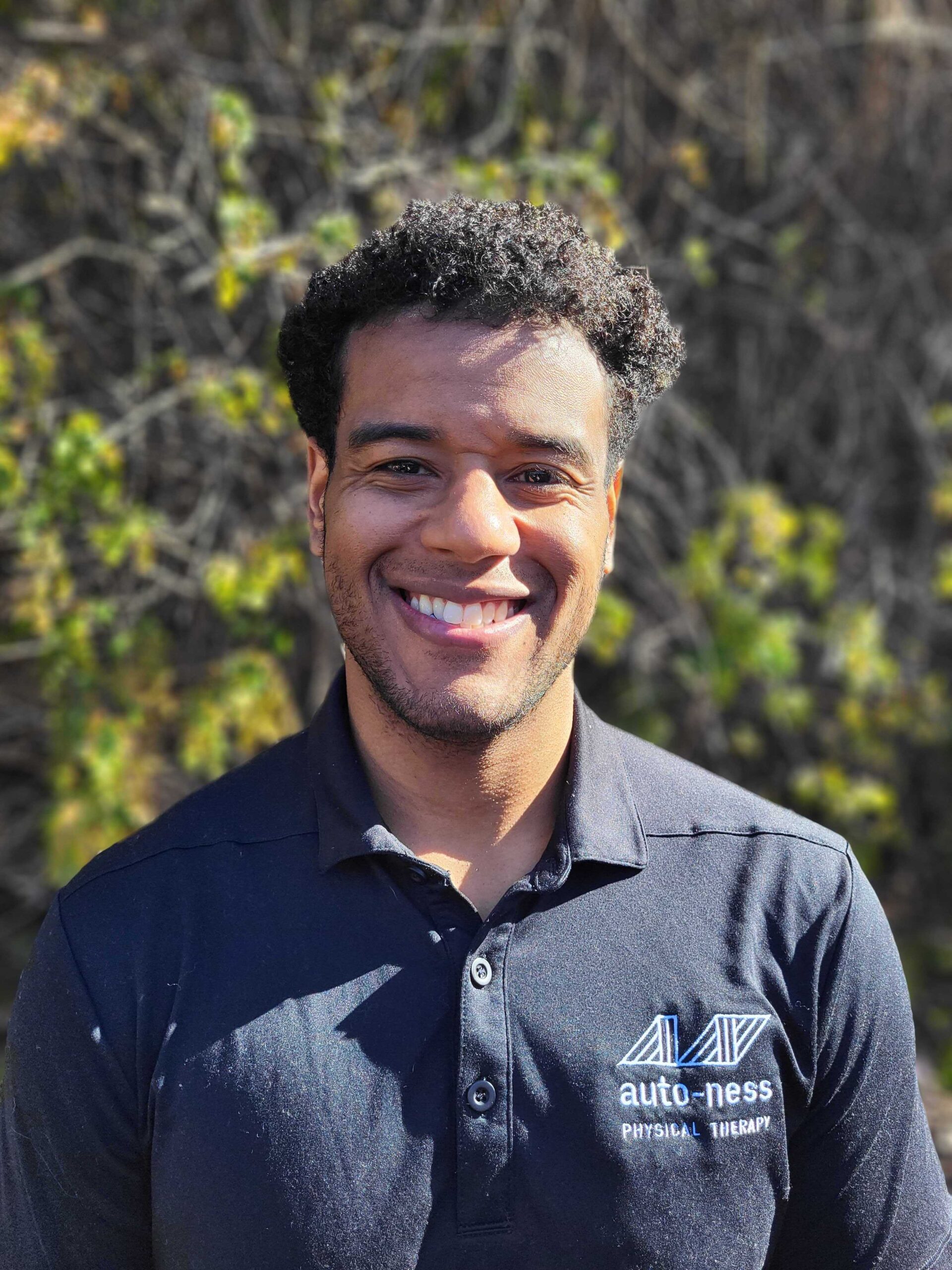Most people think injury recovery is about treating pain. But pain is just a symptom—it doesn’t tell the full story. If you only focus on managing pain (like stretching a tight muscle or icing a sore knee), you’re treating the effect, not the cause. That’s like bailing water out of a leaky boat without fixing the hole.
Inspired by Judea Pearl’s The Book of Why, let’s break down how causal analysis is transforming injury recovery.
By addressing the root cause of pain, we can ensure that the injury heals more effectively. This approach not only provides temporary relief but also supports long-term recovery strategies such as physical therapy and nutritional support.
Understanding Sports Injuries
Sports injuries can occur due to various factors, including overuse, poor training techniques, and accidents. Understanding the type and severity of the injury is crucial for effective treatment and recovery.
Sports injuries can be classified into two main categories: acute and chronic. Acute injuries happen suddenly, like a sprained ankle during a game, while chronic injuries develop gradually over time, often due to repetitive stress on a particular body part.
Common sports injuries include sprains, strains, fractures, and dislocations.
- Sprains involve the stretching or tearing of ligaments, while strains affect muscles or tendons
- Fractures are breaks in the bone
- Dislocations occur when bones are forced out of their normal position
It’s essential to seek care immediately if you experience severe pain, swelling, or difficulty moving the injured body part. Prompt attention can prevent further damage and speed up the healing process.

What is Causal Analysis in Injury Recovery?
Causal analysis means asking why an injury happened in the first place, not just treating the pain itself.
Instead of asking, “How do I stop my knee from hurting?”, a sports physical therapist asks:
🔹 Why did this knee pain start?
🔹 Are movement patterns or muscle imbalances contributing to it?
🔹 How can we prevent it from coming back?
Think of it like detective work. If you’re dealing with hip pain from squats, the issue might not be your hip at all—it could be:
✅ Weak glutes failing to stabilize your movement
✅ Poor ankle mobility shifting stress to the wrong muscles
✅ A subtle imbalance in your running or lifting technique
By finding and fixing the real cause, treatment becomes much more effective, and the pain is less likely to return.
Physical therapists play a crucial role in not only preventing injuries but also in treating injuries to ensure athletes recover effectively and perform at their best.
The Importance of Medical Care
Medical care is essential for the proper diagnosis and treatment of sports injuries such as fractures. A healthcare provider can advise on the best course of treatment, which may include physical therapy, medication, and rest.
Ignoring a sports injury or delaying medical care can lead to prolonged recovery time and an increased risk of re-injury.
A physical therapist plays a crucial role in the recovery process by designing a custom exercise plan to help restore strength and flexibility to the injured body part.
They can also provide guidance on injury prevention strategies to avoid future injuries. They not only help in treating the current injury but also in identifying and addressing any underlying issues that could lead to future problems.

Symptom Management vs. Root Cause Treatment
Let’s say a runner comes into the clinic with posterior tibial tendonitis (pain on the inside of the ankle).
Recovery from a sports injury depends on various factors, particularly the type and severity of the injury.
Traditional Symptom Management Approach
✅ Rest and ice
✅ Anti-inflammatory medication
✅ Ankle stretching and strengthening
Will this help short-term? Yes.
Will the pain return as soon as the runner increases mileage? Probably.
Causal Analysis Approach (Physical Therapy Method)
🔍 Step 1: Identify the “Why”
- Weak glutes? Poor foot mechanics? Overpronation?
- Running gait analysis to find movement inefficiencies
💡 Example: Maybe the tendon is overworked because the hips aren’t stabilizing properly during each step.
🔍 Step 2: Address the Root Cause
- Strengthen the glutes and calves to better support the foot
- Improve ankle mobility and control
- Modify running mechanics to reduce stress on the tendon
✅ Result: The runner returns to training without pain—and without the injury coming back.
How Physical Therapists Find the Root Cause of Pain
1. Movement Assessments: Watching How You Move
Pain is often caused by dysfunctional movement patterns rather than a single bad step or heavy lift. A sports physical therapist will analyze:
🔹 Walking and running mechanics (Are your hips dropping? Feet overpronating?)
🔹 Squat and lunge form (Is one side working harder than the other?)
🔹 Muscle activation patterns (Are certain muscles compensating for weaker ones?)
🔹 Range of motion (Are your joints moving through their full range?)
💡 Example: If you have hip pain from running, it might actually come from poor core stability, causing your pelvis to tilt too much with every stride.

2. Biomechanics: The Science of How Your Body Moves
Biomechanics is just a fancy way of saying how forces act on your body during movement.
A San Diego sports physical therapy clinic will assess:
✅ Joint alignment (Are your knees caving in during squats? This can lead to knee injuries.)
✅ Muscle imbalances (Is one side of your body weaker? Muscle imbalances can increase the risk of knee injuries.)
✅ Foot strike mechanics (Are your shoes supporting a healthy running gait?)
💡 Example: If you have knee pain while running, the problem might not be your knee at all—it could be coming from tight hips or weak glutes, failing to stabilize your stride.
3. Research-Backed Treatment Techniques
Once the cause of an injury is identified, a customized treatment plan is created using proven, research-supported techniques:
🔹 Manual therapy (joint mobilizations, cupping therapy, and soft tissue work). This is particularly effective for managing soft tissue injuries, which require careful handling and a comprehensive rehabilitation plan to prevent re-injury.
🔹 Strength training & corrective exercises (to fix imbalances)
🔹 Neuromuscular re-education (to retrain movement patterns)
💡 Example: If you have shoulder pain from lifting, a shoulder pain specialist won’t just give you stretches—they’ll fix how your shoulder blades move, so the pain doesn’t return.
Why This Approach Matters for Long-Term Performance
If you want to stay active without constantly dealing with injuries, you need to think beyond short-term fixes. A physical therapist in San Diego who focuses on causal analysis will:
✅ Prevent injuries from coming back
✅ Improve athletic performance by optimizing movement
✅ Reduce reliance on pain medications and temporary solutions
💡 If you’re searching for “sports medicine physical therapy near me,” make sure you find a clinic that focuses on root cause analysis, not just symptom relief.
While not all injuries can be avoided, their severity and likelihood can be minimized through effective conditioning and training, which is crucial for long-term performance.
The Bottom Line: Don’t Just Treat Pain—Fix the Cause
Pain is your body’s way of telling you something isn’t working correctly. Instead of masking the pain with temporary solutions, find the root cause and fix it for good.
If you’re dealing with:
✅ Hip pain from squats
✅ Runner’s knee or Achilles issues
✅ Shoulder pain from lifting
✅ Chronic injuries that won’t go away
It’s time to work with a sports physical therapy specialist near you who can identify why the injury happened in the first place.
📍 Looking for San Diego physical therapy and sports medicine? Auto-Ness PT specializes in causal analysis, movement assessments, and injury prevention.

Final Thoughts
Recovery isn’t just about reducing pain—it’s about understanding why the injury happened so it doesn’t come back.
🔹 Struggling with recurring pain from running, lifting, or sports?
🔹 Looking for physical therapy in San Diego that actually fixes the cause?
📍 Auto-Ness Physical Therapy specializes in sports recovery, injury prevention, and root cause treatment. Book an appointment today and get back to doing what you love—pain-free! 🚀
FAQ: Your Injury Recovery Questions Answered
Why does my injury keep coming back?
If an injury returns, it means the root cause was never fully addressed. A sports PT nearby can analyze your movement patterns to find and fix the issue.
Can physical therapy aid in injury prevention?
Yes! By improving mobility, strength, and movement efficiency, physical therapy and sports medicine can help you stay active and pain-free long-term.
What’s the best way to recover from a running injury during the healing process?
A combination of strength training, mobility work, and gait analysis will help ensure the injury doesn’t return. A San Diego sports physical therapy clinic can create a customized plan for you.
References
Pearl, J., & Mackenzie, D. (2018). The Book of Why: The New Science of Cause and Effect. Basic Books.


